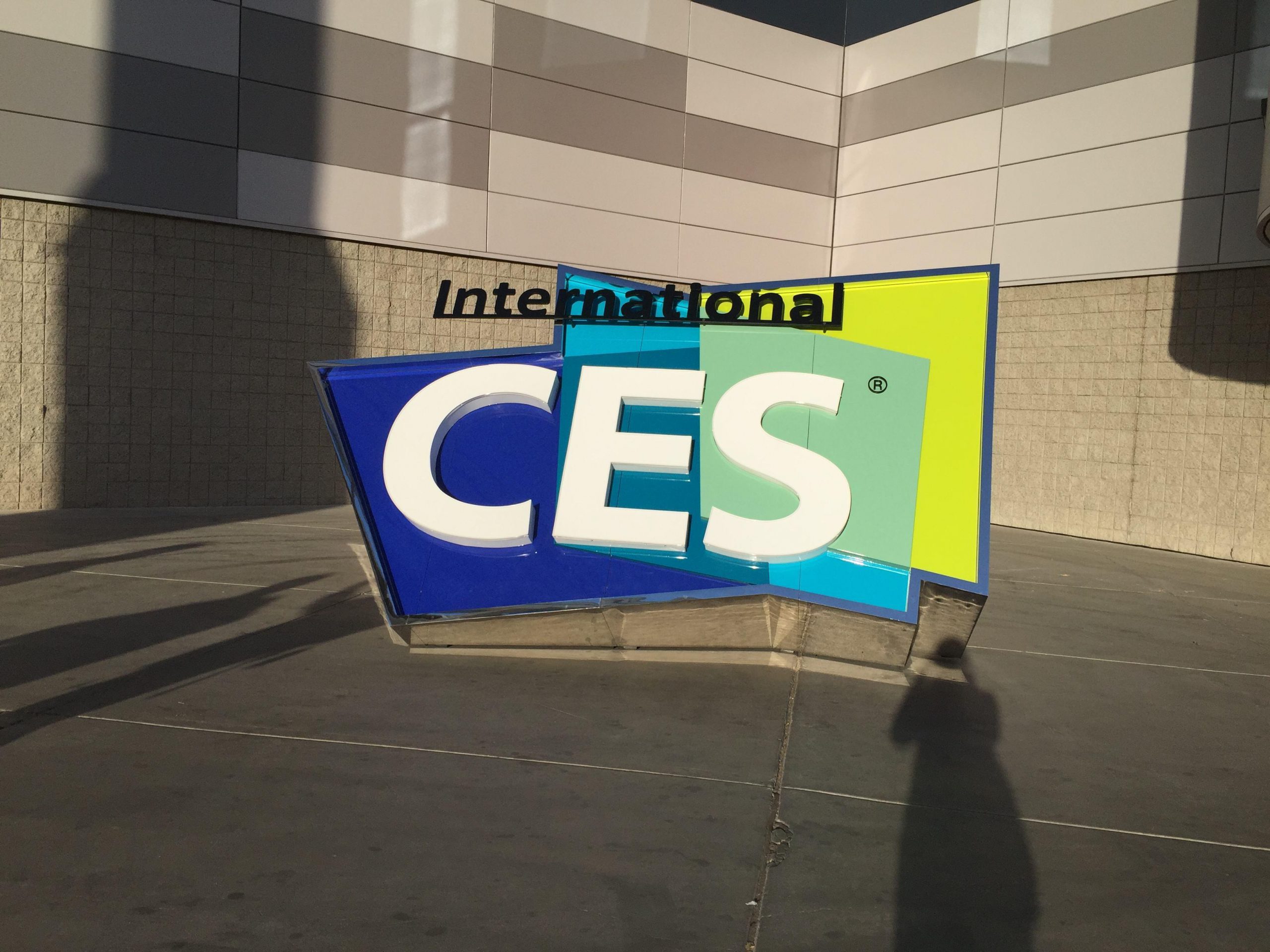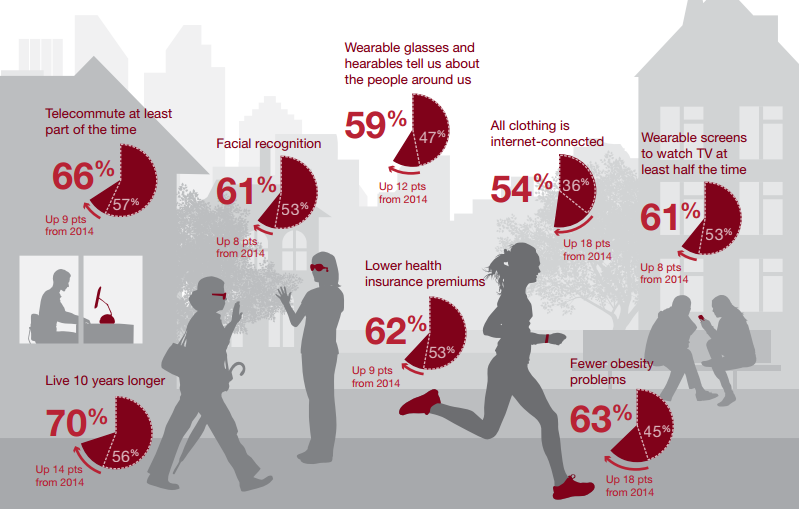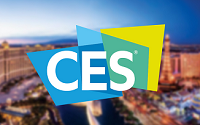Four Big Trends to Watch at CES 2018
Article By : Junko Yoshida, EE Times

The factors that distinguish CES 2018 from last year are the pervasiveness of AI, connectivity and software platforms. A broader theme is how all these technologies, once they get connected, will alter consumers' perception of reality.
On the hot list for the upcoming Consumer Electronics Show are artificial intelligence, the Internet of Things (again), autonomous cars, AR/VR and health & fitness devices. No surprises. In fact, this looks a lot like the last year’s list.
But the factors that distinguish CES 2018 from last year are the pervasiveness of AI, connectivity and software platforms.
A broader theme for CES 2018 is how all these technologies, once they get connected, will alter consumers’ perception of reality.
Trend #1: Physical world starts to blur with augmented reality
Gregory Roberts, head of Accenture’s North American high-tech industry practice, talks about a “blended physical and digital experience.” The integration of some connected products is blurring the separate worlds — physical and augmented — where consumers live, he told us.
Data collected by IoT devices and information processed by AI engines can be more easily shared among different devices on the same platform.
Gone are the days when tech reporters argued over the merits of each “hot” consumer device — which brand is better — among smartphones, digital voice assistants, VR/AR headsets, 4K/8K UHDTV, fitness bands, etcetera, ad nauseam.
Instead, CES 2018 will challenge our ability to identify, discern and judge the intended — or unintended — consequences of connected AI-enabled devices built on a software platform such as Amazon’s Alexa.
Roberts likened the broader adoption and deeper integration of AI as akin to the advent of the Internet. “For many people, first, the Internet was a place to look up a few interesting things. Then, the Internet became so pervasive that it’s been deeply integrated in everyone’s life.” AI is about to hit that inflection point, according to Roberts.
Information such as what time you woke up today, how much sleep you had last night, where you need to go today, what’s your heart rate (as if that matters) and how many steps (who cares?) you walked today can be all uploaded, shared and turned into analytics. Your connected devices authorized to share that information can send actionable advice — “suggested amount of exercise you still need to do today” — to your smartphone. Worse, a hen-pecking message suddenly pops up on your TV while you’re recovering from all those steps in the privacy of your living room.
Good for managing your wellness, I suppose, but I find this scenario unnerving. Who asked you to track so much data about me? Am I living with my mother again?

Click here for larger image
(Source: PricewaterhouseCoopers)
The Wearable Life 2.0: Connected Living in a Wearable World
Okay, maybe this is just me. A lot of my friends like exercise apps that include a virtual coach, cheering them on and boosting their efforts with generic reinforcement messages.
On the other hand, there’s the issue how much private information gets sent to the clouds by connected IoT devices, and whether or how that data gets shared with other databases. That should make everyone nervous.
Next page: Trend #2: Blockchain comes to rescue IoT
Subscribe to Newsletter
Test Qr code text s ss



